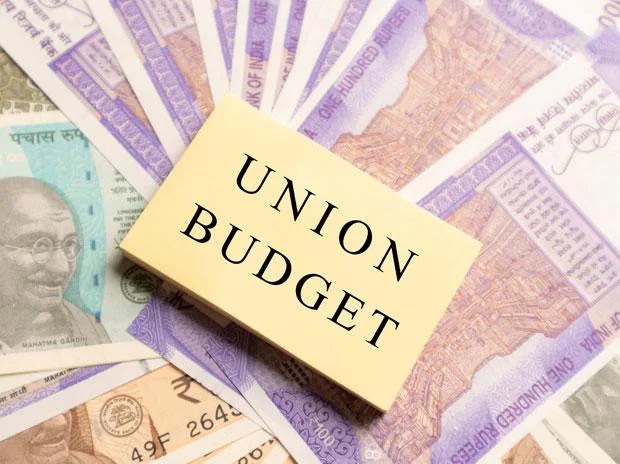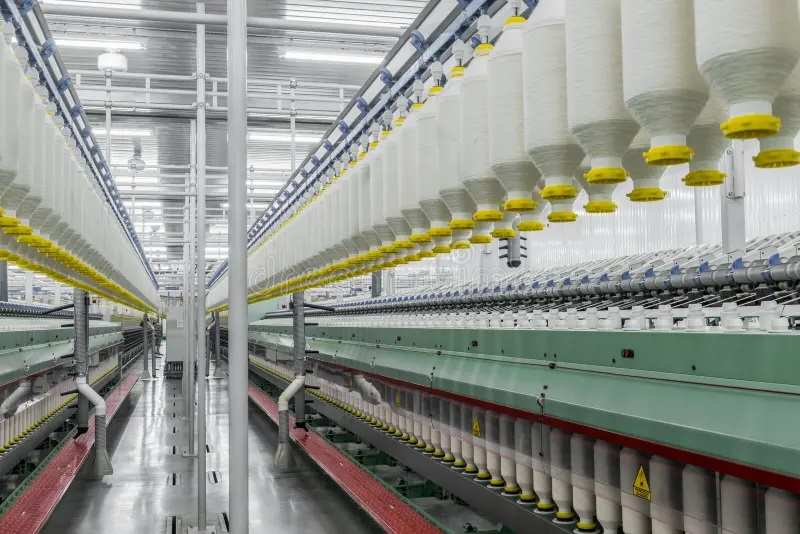
Weak consumer demand and the slowing down of private investments are the main reasons behind the global slowdown which is pulling down India’s export figures and industrial activity, according to the Union Budget 2023. Catching up to pre-pandemic levels is not a walk in the park for the apparel and garment industry as the country’s growth is expected to be lowered for the fiscal 2023-24.
Lower industrial activity and exports affects GDP
As per CRISIL’s recent ratings, India’s GDP growth will be lowered to 7 per cent in fiscal 2023 and then further to 6 per cent in fiscal 2024 as global growth slows down. Monetary policy tightening and a general weakening of growth momentum in Western countries have affected India's slowdown in exports and volatility in foreign portfolio investment inflows. Merchandise exports have come under pressure and some other services exports such as related tourism and money remittances are also facing the brunt.
India’s export segment, particularly non-oil - has been sharply hit with a slowdown since July 2022. The country’s exports to the US are only 0.4 per cent in September versus 28.7 per cent in June while to the European Union (EU) it is 2.8 per cent versus 38.9 per cent. India’s exports will also see further weakening income prospects in the labour-intensive manufacturing segments of textiles and gems and jewellery.
“The hit to industrial activity could intensify in fiscal 2024, as aggressive rate hikes in the US and the EU reach closer to consumers. Yet, rising domestic demand in some pockets has been partially cushioning industrial activity. For instance, robust government Capex is supporting manufacturing growth through higher demand for infrastructure and construction-related goods," says Dharmakirti Joshi, Chief Economist at CRISIL.
Although demand for household goods helped by services catch up and government Capex is holding up this year, it will flatten out and moderate next fiscal year. Consumer non-durables have been recording their sharpest decline in growth among major IIP components since March 2022.
Hike in domestic demand will boost growth
To add to the misery, agriculture production was impacted by unusual weather conditions this year which ruined rural income prospects. The heatwave in March-May damaged the wheat crop at harvesting stage, which was followed by delayed rains that affected the sowing of rice crop. Then finally, excess rains in October hit several Kharif crops at the harvesting stage.
Currently, the RBI has raised the policy repo rate by 190 basis points (bps). Although the repo rate is higher than the pre-pandemic level of 5.15 per cent, it is still lesser than 6.50 per cent peak reached in 2018 during the last rate hike cycle. However, this will change soon "as transmission increases, higher borrowing costs could take some steam off from the current strength in domestic demand," says the CRISIL report.
Stronger domestic demand to drive growth
However, there is an emerging light at the end of this tunnel as stronger domestic demand is predicted to drive India’s growth premium over peers in the medium run. Investment prospects look good with the government’s Capex push, the progress of Production-Linked Incentive (PLI) schemes, better corporate balance sheets, and a well-capitalised banking sector with low nonperforming assets. India benefitting from China-plus-one policy as global supply chains get reconfigured and private consumption playing a supportive role in raising GDP growth over the medium run will also be helping this change.
Although the Union Budget 2023 predictions state that India’s growth will slow down in the next two years, industry analysts are in hope that pre-pandemic growth levels will return after a mild recession downturn next year, as after all, there is always a rise after a fall in the development process of just about anything in life.












